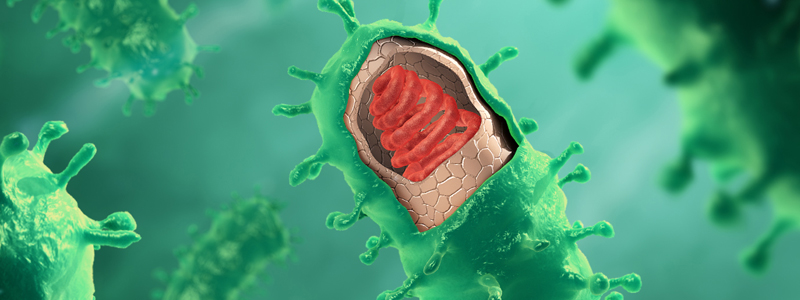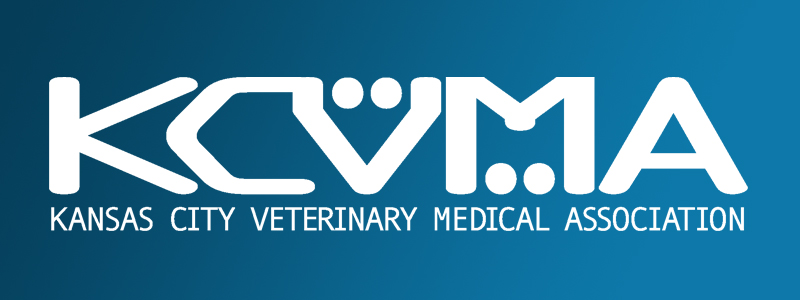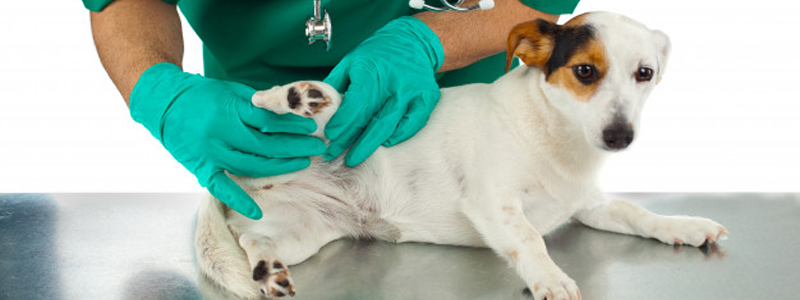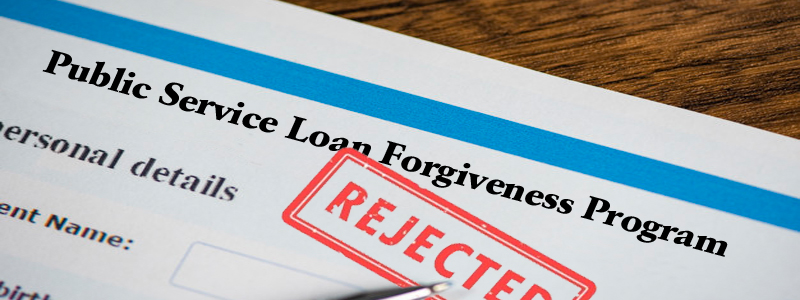BY SAMANTHA BARTLETT
Rabies is a viral infection causing acute, irreversible encephalitis in mammals. The great majority (99%) of rabies deaths involve a bite from an infected dog and occur in Asia and Africa. Incubation periods in humans range from 15 to 90 days, making it possible to prevent progression to clinical signs after exposure. Post-exposure prophylaxis involves washing of wounds and administration of rabies immunoglobulin and rabies vaccine. The very first protocol developed by Pasteur and colleagues involved up to 40 injections over a twelve-day period. Post-exposure protocols have evolved with the development of safer and more effective vaccines over the years, but all require multiple injections over a period of time.
The World Health Organization (WHO) currently recommends the Thai Red Cross regimen for post-exposure rabies protocols. This involves post exposure prophylaxis to be given in four visits over the course of a month (days 0, 3 7 and 28). A recent article in The Lancet describes new research, which sought to determine the necessity of the fourth injection on day 28 in an effort to possibly shorten the protocol. Shortening the post-exposure regimen would have significant economic impact on patients for both direct and indirect costs. Rabies biologicals are costly and often unaffordable to patients. In addition, many patients lose income because of the need to take off work for travel to clinics for their appointments over the month.
Researchers evaluated rabies neutralizing antibody titers and plasmablast activation on day 28 before the last injection of the Thai Red Cross regimen. Titers and plasmablasts were also evaluated 2 weeks after the last injection. All subjects in the study had protective levels of antibody titers and plasmablast activation on day 28 before receiving the last injection. Researchers also found that there were no significant differences in titers two weeks after the last injection. This study concluded that a shortened 1-week regimen of post-exposure prophylaxis is sufficient with no extra risk to patients. At this time, WHO has not changed recommendations and likely will not until further studies are conducted or unless vaccine shortages necessitate protocol change with successful outcomes.











